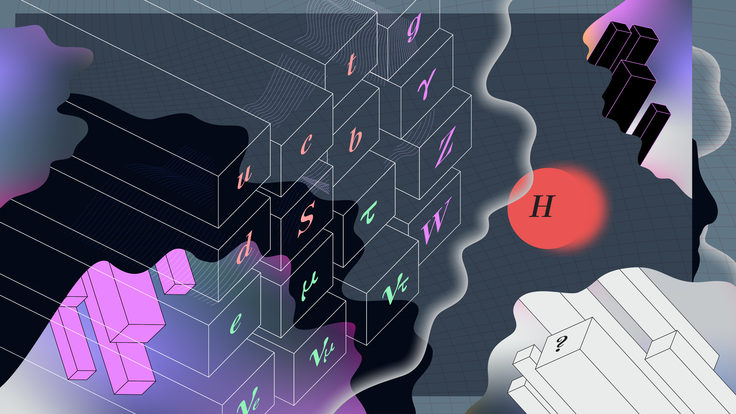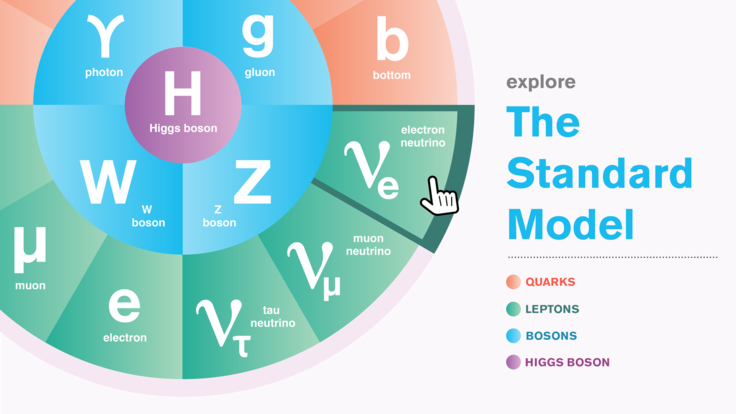The Large Hadron Collider launched its research program on March 30 with the first collisions of protons at 7 TeV. In the month since those first collisions, what have the scientists working on the LHC accelerator and experiments been up to?
The LHC accelerator team has begun the long process of turning the LHC--already the world's highest-energy particle accelerator--into the world's most powerful particle collider. When any new particle collider starts up, it does so with a very low luminosity. This quantity, a measure of how efficiently a particle collider produces collision events, is key to a particle collider's power: the more particle collision events, the greater a collider's ability to produce new particle physics discoveries.
On March 30, the two LHC beams that produced the first 7 TeV collisions contained only four bunches each, and each bunch contained a relatively small number of protons. At full intensity, LHC beams will contain 2,808 bunches, each of which will contain 100 billion protons. Over the last few weeks, scientists have worked to increase the LHC luminosity tenfold by squeezing the beam, or reducing the beam sizes, at the four collision points, and optimizing various beam parameters.
While the LHC accelerator team has been working to deliver more and more luminosity, the teams on the experiments have been busy analyzing, re-analyzing, and re-re-analyzing the tens of millions events recorded by their detectors. Rediscovering and measuring known particles is a crucial part of starting up a new experiment, and so far the LHCb experiment has announced its first observation of B particles (discovered in 1977 at Fermilab), and the ATLAS experiment has announced its first W boson event candidates (discovered in 1983 at CERN).
More details on the LHC's progress over the past weeks--both on the accelerator side and from the LHC experiments--can be found in this week's CERN Bulletin.
Those interested in delving even deeper into the LHC's performance and progress can tune into Wednesday's open session of the LHC Experiments Committee. The open session, which will be webcast, takes place from 9:00 a.m. to 4:30 p.m. CERN time (3:00 a.m. to 10:30 a.m. Eastern time) and will include reports from the six LHC experiments and the accelerator, and presentations on four major LHC physics topics.






